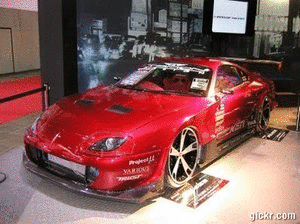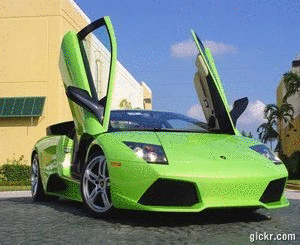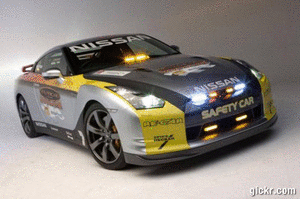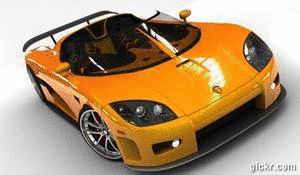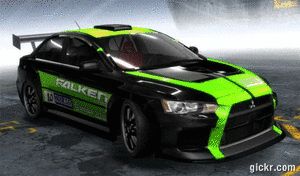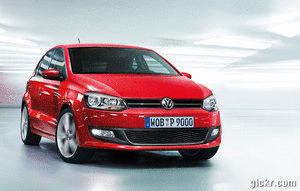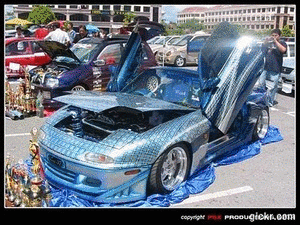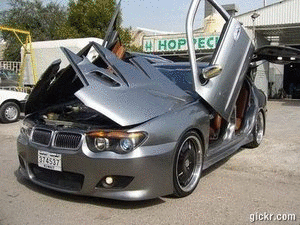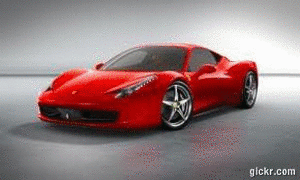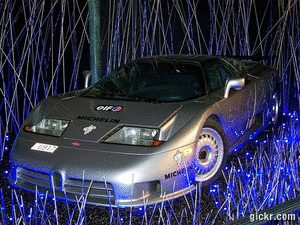A gasoline engine operates on the principle of combustion. A fuel/air mixture is pulled into a cylinder, the cylinder is then closed off and the piston is thrust upward to create compression. A spark is introduced to ignite the mixture to create combustion to thrust the piston downward in the engine block.
There are a number of pistons inside an engine depending on the design, 4 to12 cylinders usually. The pistons are connected to a crankshaft through a connecting rod. Pistons fire consecutively to rotate the crankshaft inside the engine block. The oil pump pushes oil through the oil filter and then supplies oil to vital engine parts including the crank and camshaft, cylinder walls and piston rings, valve train, cam lifters and the timing gears or chain. Motor oil is used to lubricate and cool internal engine parts. Oil is pumped up through the engine, then returns to the bottom of the engine and is gathered in the oil pan.
Over Head Camshaft Engine
The cylinder head is connected to the top of the engine block and allows air/fuel mixture and exhaust into and out of the cylinder block. The cylinder head has the duty of holding the air/fuel mixture charge inside the cylinder as it combusts, forcing the piston downward. The cylinder head is connected to the engine block using head bolts, using a head gasket to seal both parts.
Over Head Cam Cylinder Head
A camshaft is used to open and close intake and exhaust ports by using valve train components. These components will vary depending on the design of the engine. There are primarily two styles of valve systems: over head cam which consists of a camshaft and lifter, and the in block system which consists of a camshaft, lifter, push rod, rocker arm. Both styles utilize a valve spring to hold the valve closed.
Camshaft In Block System
There are four main sections to the internal combustion engine.1. Engine Block: (short block) note: a long block includes cylinder heads.a. main engine block
b. crankshaft
c. pistons
d. piston rings
e. connecting rod pin
f. connecting rod
g. camshaft (in over head valve engines)
h. lifters (in over head valve engines)
i. oil pump
j. oil pump drive
k. oil pump pick up
l. gaskets and seals
m. freeze plugs
n. oil pan
o. assorted bolts
2. Cylinder headsa. main head cylinder body
b. intake and exhaust valves
c. valve keepers
d. valve spring
e. valve spring retainer
f. valve stem seal
3. Air/fuel intake systema. intake manifold
b. fuel injector
c. fuel injection system
d. air filter
4. Exhaust systema. exhaust manifold
b. catalytic converter
c. muffler
Proper maintenance is crucial to optimum performance for every internal combustion engine. Follow your manufacturer recommended service schedules protect yourself by servicing your car regularly.
Source by:
-
http://www.2carpros.com/how_does_it_work/gasoline_engines.htm





